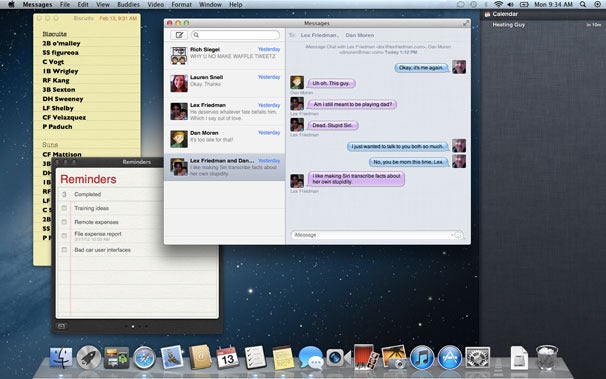

- #CHINESE VERSIONS IOS FOR MAC OS MAC OS X#
- #CHINESE VERSIONS IOS FOR MAC OS MAC OS#
- #CHINESE VERSIONS IOS FOR MAC OS INSTALL#
Its icon will appear in the Menu bar and it will have a check mark beside it in the menu. To activate a keyboard or input method, choose it from the menu. The Chinese input methods will appear right away in the Input menu itself, which appears on the right side of the Menu bar: Cycles through the keyboards and input methods in the Input menu.
#CHINESE VERSIONS IOS FOR MAC OS MAC OS#
In addition, Apple maintains a set of old Chinese Language Kit and Mac OS 9 fonts, for backward-compatibility reasons. * = Each PingFang font comes in six weights: Ultralight, Thin, Light, Regular, Medium, Semibold. Let's start with the basic fonts enabled by default: Font name The remainder reside in the /Library/Fonts folder. STHeiti Thin.ttc and STHeiti Ultralight.ttc are for iCloud/iOS integration, and not available in OS X. STHeiti Light.ttc and STHeiti Medium.ttc are the old system fonts. PingFang.ttc is the new Chinese system font in El Capitan, developed by Dynacomware (Shanghai, Hong Kong, and Taiwan) and Apple. You will find five Chinese fonts in the /System/Library/Fonts folder. Unless you are running the system (i.e., the Finder) in an East Asian language, we recommend the following order: Simplified Chinese (简体中文), Traditional Chinese (繁體中文), Japanese (日本語), Korean (한국어). Adjustments to this list affect the default font behavior in applications that use Apple's built-in text engine, like Mail, Safari, and Pages.

The language at the top is used by the Finder.
#CHINESE VERSIONS IOS FOR MAC OS INSTALL#
Language & Region, you will find a list of "Preferred languages." Chinese is automatically added to this list when you install the Chinese input methods, but you can also add to the list and arrange it manually.

#CHINESE VERSIONS IOS FOR MAC OS MAC OS X#
Chinese in Mac OS X 10.11 El Capitan What's New


 0 kommentar(er)
0 kommentar(er)
